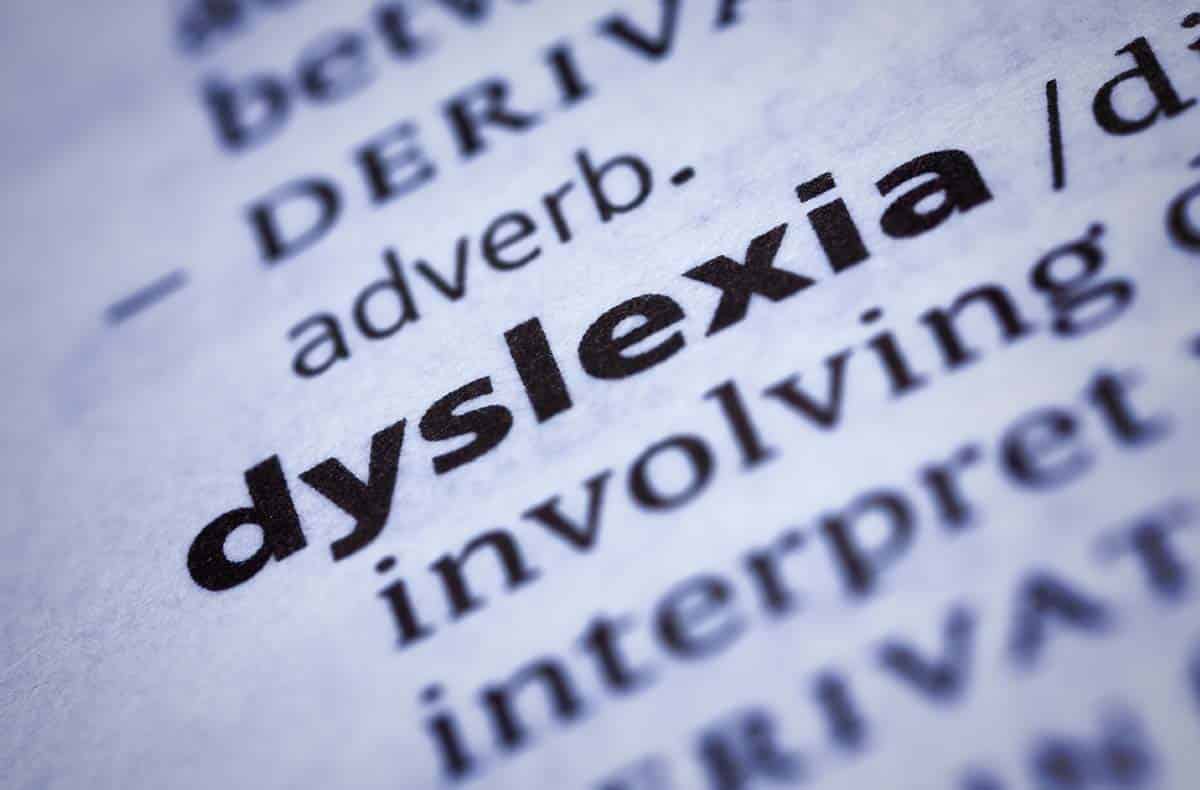
I’m dyslexic. When I tell you that, what do you picture in your mind? I would guess it was someone struggling: maybe a child, frustratedly trying to read, or perhaps an adult making a spelling mistake.
I would like to change that picture by providing a more rounded explanation of dyslexia and what the experience is like for the millions of adult dyslexics. Let’s start by defining dyslexia; the British Dyslexia Association provide a great start by providing a well-rounded explanation:
Dyslexia is a learning difficulty which primarily affects reading and writing skills. However, it does not only affect these skills. Dyslexia is actually about information processing. Dyslexic people may have difficulty processing and remembering information they see and hear, which can affect learning and the acquisition of literacy skills. Dyslexia can also impact on other areas such as organisational skills.
If you didn’t realise that dyslexia is so broad and not just limited to reading and spelling, that’s understandable: even the word dyslexia isn’t helping us here. The word itself is an obscure mix of Greek and Latin. Directly, it translates as “dys,” meaning “difficulty,” and “lexia,” or “words.” So, a “difficulty with words,” which we all agree it includes, yet it’s important to see dyselxia as more than just that issue.
If you take one thing away from this article, I hope it is that, next time someone tells you they are dyslexic, you understand this means that they have a different way of processing information. If you are wondering why this is so important to understand, for one, it is highly likely you know someone who is dyslexic. Previous estimates had dyslexia at 10% of the population, but newer research states it could be as high as 20%.
In bringing in the second half of the British Dyslexia Association’s definition of dyslexia, we must remember that there are positives to thinking differently. Many dyslexic people show strengths in areas such as reasoning and in visual and creative fields.
A new way of looking at dyslexia that incorporates this positive spin is through the term “neurodiversity,” which much better explains a dyslexic person’s reality. Neurodiversity is an umbrella term that highlights the different way of thinking people with dyslexia, ADHD and autism have. Like all differences, being neurodiverse comes with challenges, but also benefits. Today’s society is more and more learning to celebrate differences, seeing them as something to harness. Neurodiversity is no different, with the strengths of dyslexia and other neurodiversity highlighted as the skills of the 21st century.
In spite of this seeming to be a new trend, neurodiverse individuals have in fact leveraged their different way of thinking into success for centuries, and might even credit their different way of thinking as the very thing that makes them unique. Some of our greatest visionaries and thinkers are thought to have been neurodivergent, from Albert Einstein to Sir Isaac Newton, the latter being widely considered to be the “earliest known example of a person with any form of autism.”
As opposed to being a mental handicap, dyslexia can in fact be a person’s greatest strength. Dyslexic people’s different way of thinking usually means they have the ability to view the “big picture,” or what I prefer to describe as a “strategic viewpoint.” By being able to see all elements of a situation, dyslexic people can provide strong reasoning skills, innovative approaches to problem solving and unique ideas and solutions. These skills and abilities are becoming increasingly more valuable in today’s workplace, as technology continues to ameliorate the challenges dyslexia people encounter and empowering them to realise their full potential.
Made By Dyslexia, a charity focused on changing the perception of dyslexia, commissioned a report with EY to map the thinking of dyslexic people onto the skills needed by the world economic forum. In their report, entitled “The Value of Dyslexia,” they found that “dyslexia provides a significant opportunity for organizations to harness a different and widely untapped pool of talent.”
The sad reality is that often these differences are usually hidden, with 73% of dyslexic people choosing not to tell employers about their neurodivergence. This is due to the stigma that dyslexic people face and the deep-rooted fear that by disclosing their difference, they will be judged as stupid, instead of people understanding that such difference is not only normal, but something to be celebrated.
It is my hope that, by raising awareness about what dyslexia really is, how it manifests in people, and how it can actually encourage more robust innovation and problem solving, I can help move our culture past these outmoded stigmas and into a more inclusive future. We all have our own struggles and strengths: it’s time we learn how to work with them all equally in the open.



